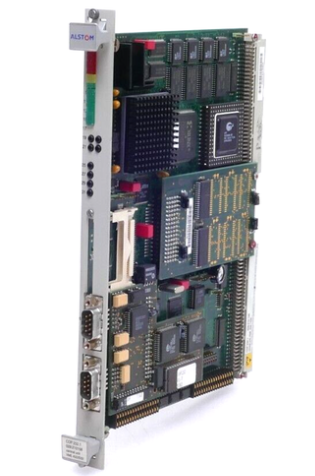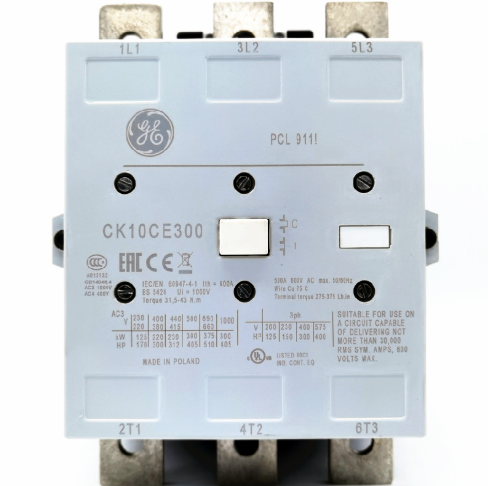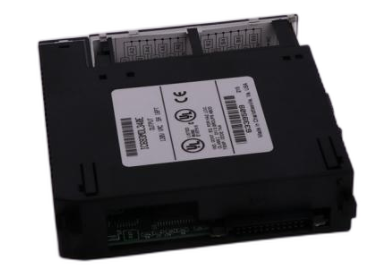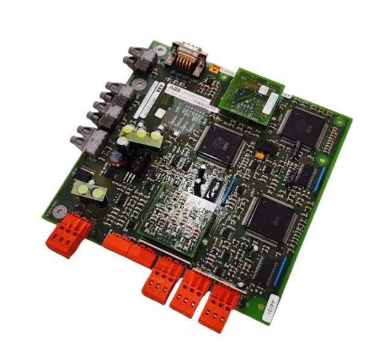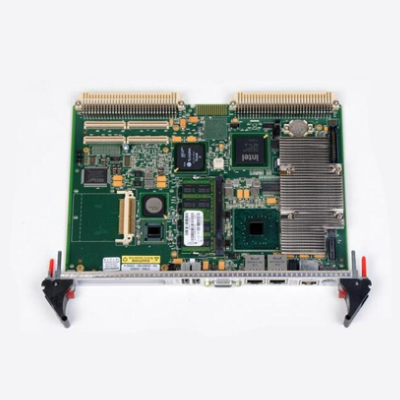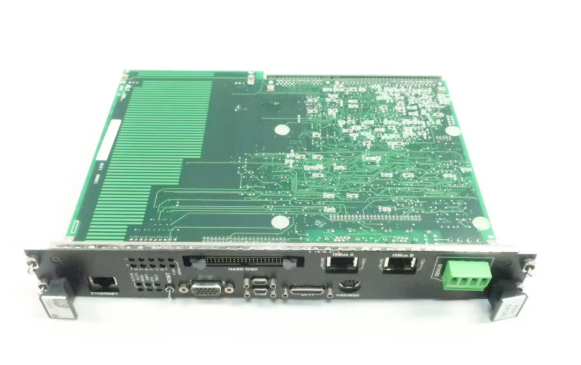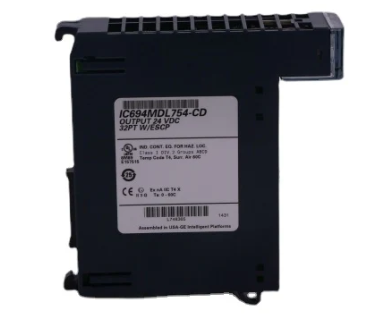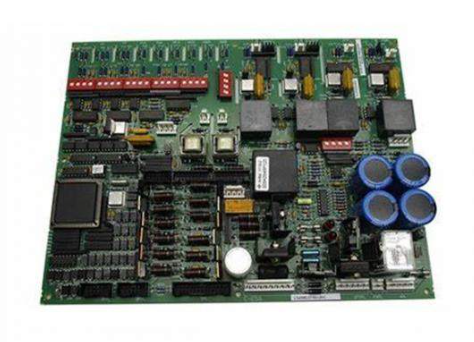SIEMENS ICROMASTER 420 frequency converter
SIEMENS ICROMASTER 420 frequency converter
Product positioning and core technology
Overview
The operating manual for the Siemens MICROMASTER 420 frequency converter (version B1, order number 6SE6400-5AA00-0BP0) covers its core information in detail: as a frequency converter used to control the speed of three-phase AC motors, the power range ranges from 120W single-phase input to 11kW three-phase input, using IGBT technology and multiple V/f control modes; The content includes equipment overview, installation (including mechanical/electrical installation requirements such as capacitor restructuring and grounding specifications), debugging (supporting SDP/BOP/AOP panels, including quick debugging process), parameter system (level 4 user access, key parameters such as P0010 quick debugging and P0970 factory reset), troubleshooting (fault codes and LED indicators), technical specifications (such as input voltage of 200-480V ± 10%, output frequency of 0-650Hz), and EMC compatibility requirements. It also emphasizes that only qualified personnel are allowed to operate, and clarifies various safety warnings (such as waiting for 5 minutes for discharge after power failure).
Function: Control the speed of three-phase AC motors, with a power range covering 120W (single-phase input) to 11kW (three-phase input).
Technology: Adopting IGBT (Insulated Gate Bipolar Transistor) technology, supporting PWM modulation with optional pulse frequency (to achieve low-noise motor operation), and the core control is based on V/f mode.
Installation specifications (mechanical+electrical)
1. Preparation before installation
Requirements for capacitor restructuring (after long-term storage):
Storage duration operation requirements
No operation required for<1 year
Power on for 1 hour after 1-2 years before resuming use
Reorganize according to the voltage time curve for ≥ 2 years (e.g. 2 hours for 100% voltage)
Environmental conditions:
Temperature: Operating -10~50 ℃, Storage -40~70 ℃;
Humidity: ≤ 95% (no condensation);
Altitude: ≤ 1000m without capacity reduction, over 1000m requires capacity reduction (e.g. output current drops to 80% at 2000m);
Protection: Avoid vibration (in accordance with DIN IEC 68-2-6, acceleration ≤ 9.8m/s ²), electromagnetic radiation, dust/corrosive gases, and water hazards.
2. Mechanical installation
Installation method: Only vertical installation is allowed, A frame (low power) can adapt to 35mm standard guide rail (EN 50022), B/C frame requires bolt fixation.
Spacing and dimensions:
Frame dimensions Overall dimensions (width x height x depth) mm Tightening method Tightening torque Installation gap
A 73 × 173 × 149 2 M4 bolts/nuts+washers 2.5Nm (with washers), 100mm up and down, with no gap on both sides
B 149 × 202 × 172 4 M4 bolts/nuts+washers 2.5Nm (with washers), 100mm up and down, with no gap on both sides
C 185 × 245 × 195 4 M5 bolts/nuts+washers 2.5Nm (with washers), 100mm up and down, with no gap on both sides
3. Electrical installation (core safety requirements)
Grounding: It must be grounded according to the IEC 536 Class 1 standard, and the PE wire section should not be smaller than the power wire to avoid the risk of electric shock; The reference voltage for motor grounding should be consistent with the ground voltage.
Power and motor wiring:
Input terminals: single-phase (L/L1, N/L2), three-phase (L1, L2, L3); Motor terminals (U, V, W), DC terminals (DC+, DC -);
Power outage requirement: Wait for 5 minutes after power outage before opening the cover (discharge of DC bus capacitor). The terminal may still carry dangerous voltage after power outage.
Special scenario configuration:
Scene configuration requirements
IT power supply (ungrounded): Remove the internal "Y" capacitor (see Appendix D/E) and install the output reactor; When the output is grounded, the frequency converter trips (F0001)
The use of RCD requires the selection of B-type RCD, with a trip limit of 300mA, neutral grounding, and only one frequency converter for a single RCD. The motor cable should be ≤ 50m (shielded)/100m (unshielded)
Long cable motor cable ≤ 50m (shielded)/100m (unshielded), special configuration required for over distance
EMI protection: Power cables (power+motor) and control cables are wired separately (in different cable trays/conduits), motor cables are shielded/armored and grounded at both ends, and contactor coils require R-C suppressors (AC) or freewheeling diodes (DC).

Debugging process and operation
1. Operation panel selection and configuration
SDP (Status Display Panel): default configuration, 2 LEDs (green/yellow) display operating status (such as "green+yellow constant light=ready" and "red light flashing for 0.3s=overcurrent"), compatible with motor rated parameters (power, voltage, current, frequency), default control: analog potentiometer frequency modulation rate (0-10V corresponds to 0-50/60Hz), ramp time 10s.
BOP (Basic Operation Panel): Optional accessory, 5-digit 7-segment display, requires parameter activation:
Enable control: set P0700=1 (instruction source is BOP), P1000=1 (frequency given as BOP);
Core button functions:
Key Function Remarks
The start button is disabled by default for starting the motor, and P0700=1 is required to enable it
Press and hold the stop button OFF1 (slope stop)/OFF2 (free stop) twice or once to keep it enabled
When the reverse button switches the motor direction to reverse, it displays a "-" or flashes a decimal point
Fn key to view additional information (DC bus voltage, output current, etc.) Short press to jump to r0000, long press to cycle display status
AOP (Advanced Operating Panel): Optional accessories, supporting multiple languages, parameter upload/download, and multi machine (30 units) control. Please refer to the AOP independent manual.
2. Quick debugging (key process)
Enter debugging mode: set P0010=1 (fast debugging filtering);
Basic configuration:
P0700: Select instruction source (e.g. 1=BOP, 2=numeric input);
P1000: Select frequency given (e.g. 1=BOP, 2=analog input);
P0100: Select region (0=Europe 50Hz/kW, 1=North America 60Hz/hp);
Motor parameter settings (matching motor nameplate):
P0304: Rated voltage of motor (V);
P0305: Rated current of motor (A);
P0307: Rated power of motor (kW/hp, determined by P0100);
P0310: Rated frequency of motor (Hz);
P0311: Rated speed of motor (rpm);
End debugging: Set P3900=2 (perform motor calculation+restore P0010=0), and it can be run after completion.
3. Factory reset
Operation: Set P0010=30 (reset filter) → P0970=1 (trigger reset), the reset process takes about 3 minutes, and the parameters will return to factory default after reset.
4、 Detailed Explanation of Parameter System
1. Parameter access control
Access level (P0003): Level 4 permission, determining the visible parameter range:
1 (Standard): Basic operating parameters;
2 (Extension): Add motor and control related parameters;
3 (Expert): Add advanced debugging parameters;
4 (Service): Hidden parameters (requires P3950=1 to unlock).
Parameter filtering (P0004): grouped by function for quick search:
P0004 value function grouping includes parameter examples
2 frequency converter units r0026 (DC bus voltage), P1800 (switching frequency)
Motor data P0304 (rated voltage), P0610 (motor I ² t protection)
7 Instructions and Digital I/O P0700 (Command Source), P0731 (Digital Output)
10 Frequency Given and Slope P1000 (Frequency Given), P1120 (Slope Rise Time)
2. Classification of core parameters
Parameter Category Key Parameter Function Description Default Values (Europe)
Debugging Control P0010 Debugging Mode Filter 0 (Normal)
P3900 ends debugging 0 (without performing motor calculations)
P0970 Factory reset 0 (not triggered)
Motor protection P0610 motor I ² t protection 2 (enabled)
P0335 motor cooling method 0 (self cooling)
Operation control P1300 control mode 1 (linear V/f with FCC)
P1120 Slope Rise Time 10s
P1121 Slope descent time 10s
Troubleshooting and Warning
1. Fault indication method
SDP: Fault is determined by the combination of on/off/flashing of two LEDs (such as "dual lights flashing together=ROM fault" and "dual lights flashing alternately=RAM fault"), as shown in Table 6-1.
BOP/AOP: Display fault codes (Fxxx) or alarm codes (Axxx), and view historical faults (P0947 stores the last 8 faults).
2. Common faults and solutions
Fault code, fault type, possible causes, and solutions
F0001 grounding fault 1. The motor power does not match the frequency converter; 2. Motor/cable grounding; 3. Motor overload: 1. Check the power between P0307 and the frequency converter; 2. Check the insulation of motor windings/cables; 3. Reduce load
F0002 DC bus overvoltage 1. Input voltage too high; 2. The slope descent time is too short; 3. The regenerative energy of the load is high. 1. Check the power supply voltage (which should be between 200-480V ± 10%); 2. Increase P1121 (slope descent time); 3. Install a braking unit
F0051 parameter EEPROM fault EEPROM read/write failure 1. Perform factory reset (P0010=30+P0970=1); 2. Replace the frequency converter (if reset is ineffective)
3. Fault reset method
Power off and restart the frequency converter;
Press the reset button on BOP/AOP;
Triggered by digital input 3 (default function is fault reset).
Technical specifications and certification
1. Core electrical specifications
Project specification parameters
Input voltage: 1 phase 200-240V ± 10%, 3 phases 200-240V ± 10%, 3 phases 380-480V ± 10%
Input frequency 47-63Hz
Output frequency 0-650Hz
Overload capacity 50% overload (60s/5min, based on rated output current)
Efficiency 96-97%
Control mode linear V/f (P1300=0), linear V/f with FCC (P1300=1), secondary V/f (P1300=2), multi-point V/f (P1300=3)
Interface: 3 digital inputs, 1 analog input (0-10V), 1 relay output, 1 analog output (0-20mA), RS485 communication
2. Certification and Compliance
Protection level: IP20;
Certification standards: UL, cUL, CE, C-tick;
Directive Compliance: Compliant with EMC Directive 89/336/EEC and Low Voltage Directive 73/23/EEC;
EMC classification: Supports Class 1 (industrial general), Class 2 (filtering industry), Class 3 (civil/commercial/light industry, requiring Class B filters).
Optional accessories
Accessory type, specific product function
Equipment independent accessory BOP (basic operation panel) basic parameter setting and operation control
AOP (Advanced Operating Panel) with multiple languages, parameter upload/download, and multi machine control
PROFIBUS module realizes PROFIBUS communication
PC Connection Kit PC and Inverter/AOP Connection
DriveMonitor/STARTER PC Debugging Tool
The equipment relies on accessories such as EMC filters (Class A/B) to reduce electromagnetic radiation and comply with different EMC levels
Input/output reactors suppress harmonics and protect frequency converters (necessary for IT power supply)
The wiring board facilitates cable connection and shielding
Safety Warning (Core Emphasis)
Personnel qualifications: Only "qualified personnel" are allowed to operate (training is required for circuit switching, use of protective equipment, and first aid skills);
Voltage risk: Do not open the cover (capacitor discharge) within 5 minutes after power failure, and dangerous voltage may still be present after input/motor/DC terminals are powered off;
Prohibition of substitution: cannot be used as an "emergency stop device" (requires separate configuration of emergency stop devices that comply with EN 60204);
Motor protection: The motor parameters (P0304/P0305, etc.) must be accurately configured, otherwise the motor overload protection will fail
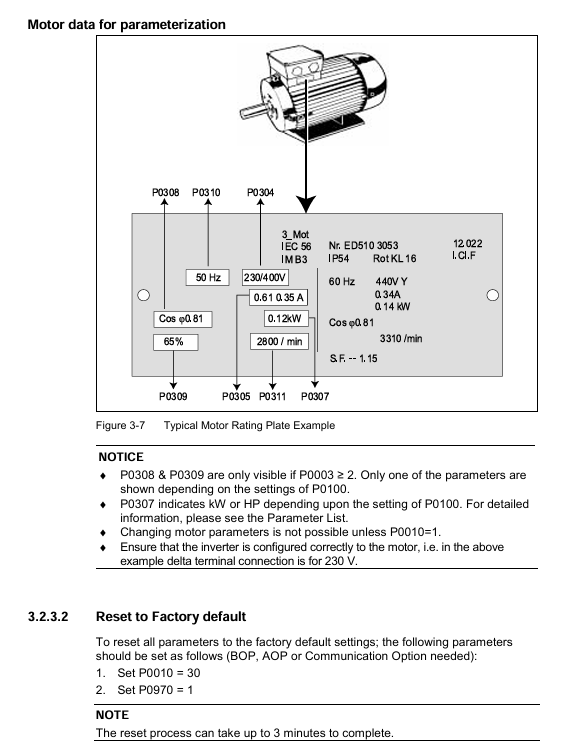
- EMERSON
- Honeywell
- CTI
- Rolls-Royce
- General Electric
- Woodward
- Yaskawa
- xYCOM
- Motorola
- Siemens
- Rockwell
- ABB
- B&R
- HIMA
- Construction site
- electricity
- Automobile market
- PLC
- DCS
- Motor drivers
- VSD
- Implications
- cement
- CO2
- CEM
- methane
- Artificial intelligence
- Titanic
- Solar energy
- Hydrogen fuel cell
- Hydrogen and fuel cells
- Hydrogen and oxygen fuel cells
- tyre
- Chemical fiber
- dynamo
- corpuscle
- Pulp and paper
- printing
- fossil
- FANUC
- Food and beverage
- Life science
- Sewage treatment
- Personal care
- electricity
- boats
- infrastructure
- Automobile industry
- metallurgy
- Nuclear power generation
- Geothermal power generation
- Water and wastewater
- Infrastructure construction
- Mine hazard
- steel
- papermaking
- Natural gas industry
- Infrastructure construction
- Power and energy
- Rubber and plastic
- Renewable energy
- pharmacy
- mining
- Plastic industry
- Schneider
- Kongsberg
- NI
- Wind energy
- International petroleum
- International new energy network
- gas
- WATLOW
- ProSoft
- SEW
- wind
- ADVANCED
- Reliance
- YOKOGAWA
- TRICONEX
- FOXBORO
- METSO
- MAN
- Advantest
- ADVANCED
- ALSTOM
- Control Wave
- AB
- AMAT
- STUDER
- KONGSBERG
- MOTOROLA
- DANAHER MOTION
- Bently
- Galil
- EATON
- MOLEX
- Triconex
- DEIF
- B&W
- ZYGO
- Aerotech
- DANFOSS
- KOLLMORGEN
- Beijer
- Endress+Hauser
- MOOG
- KB
- Moxa
- Rexroth
- YAMAHA
- Johnson
- Westinghouse
- WAGO
- TOSHIBA
- TEKTRONIX


Email:wang@kongjiangauto.com















